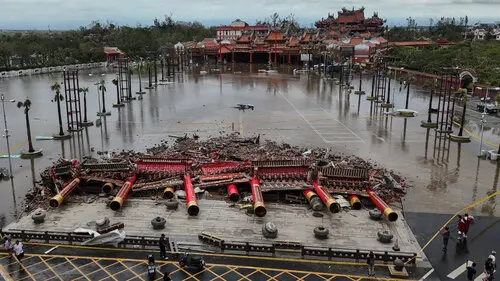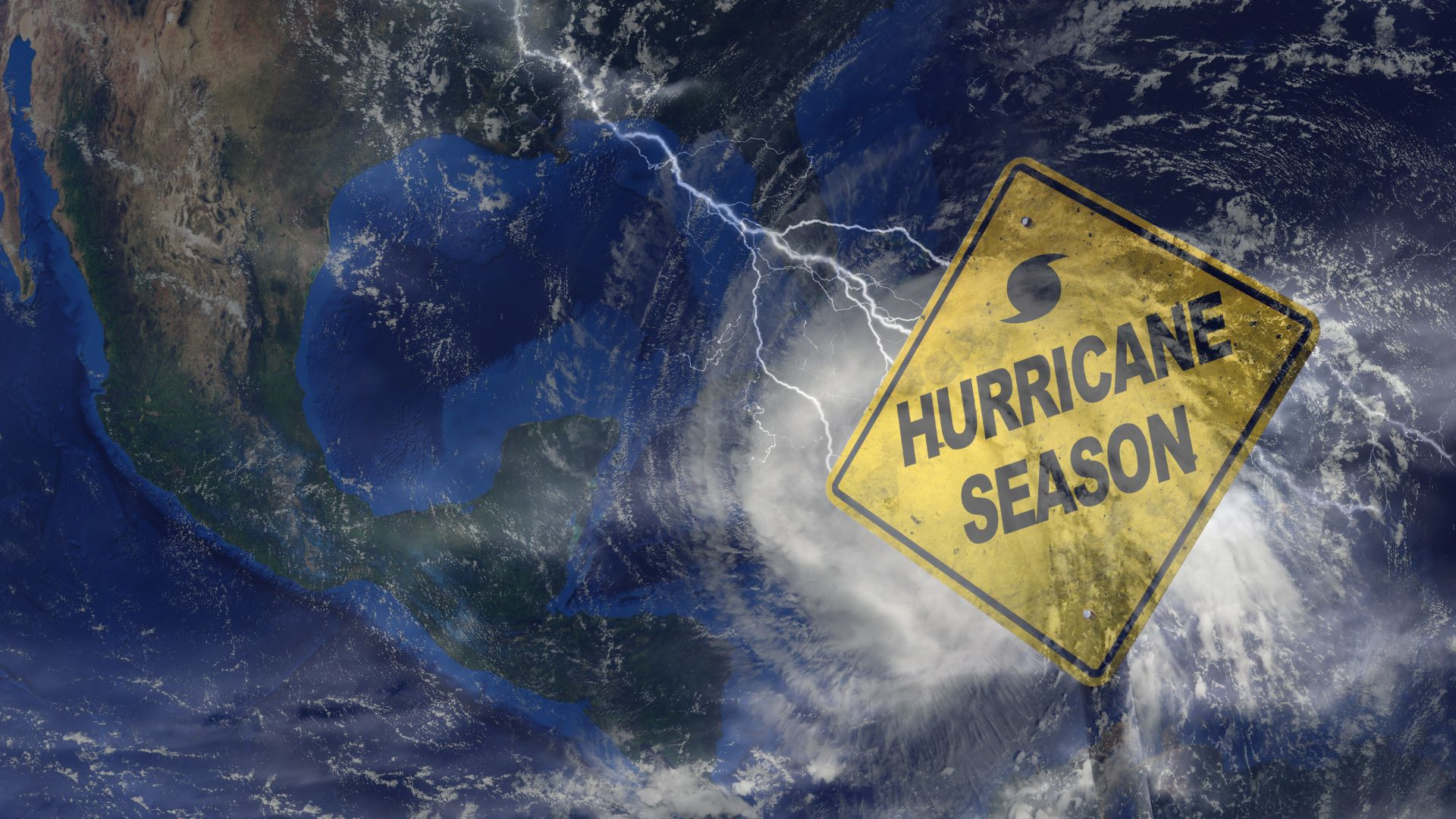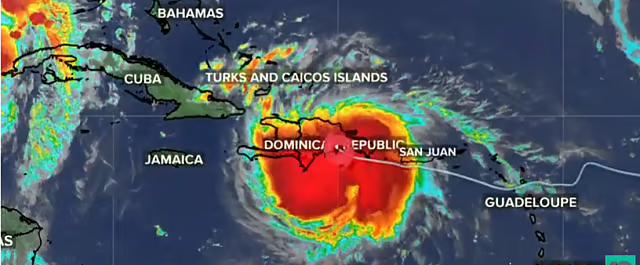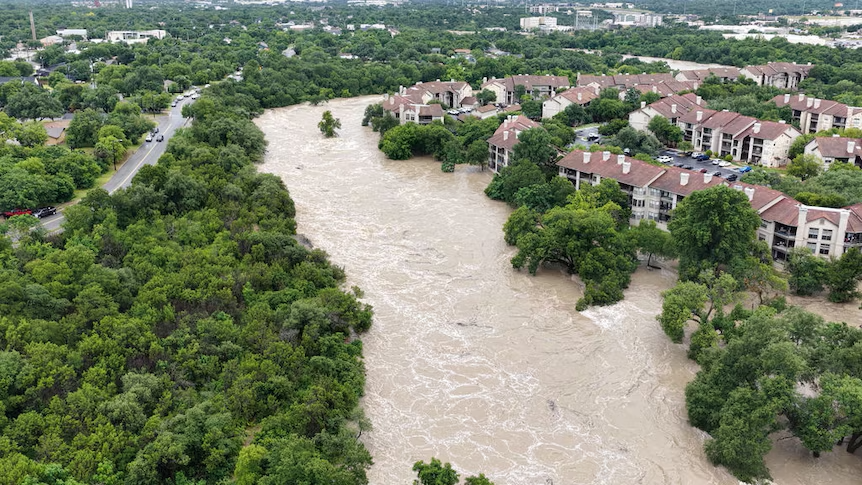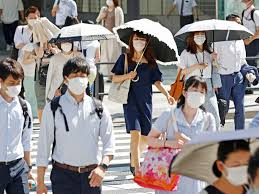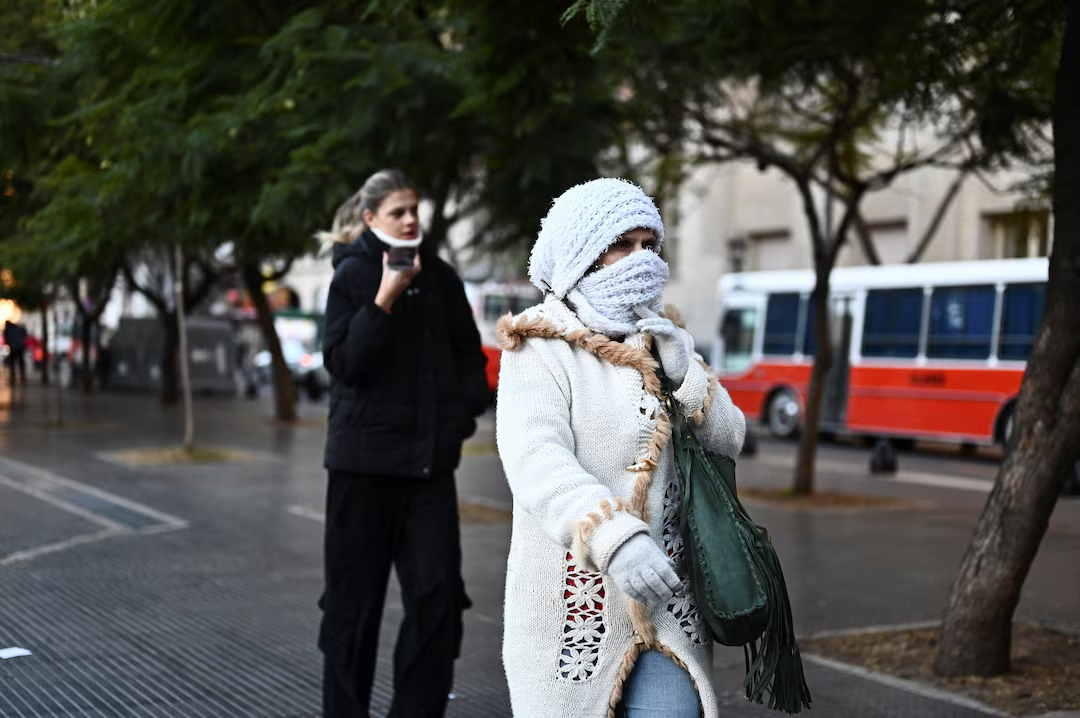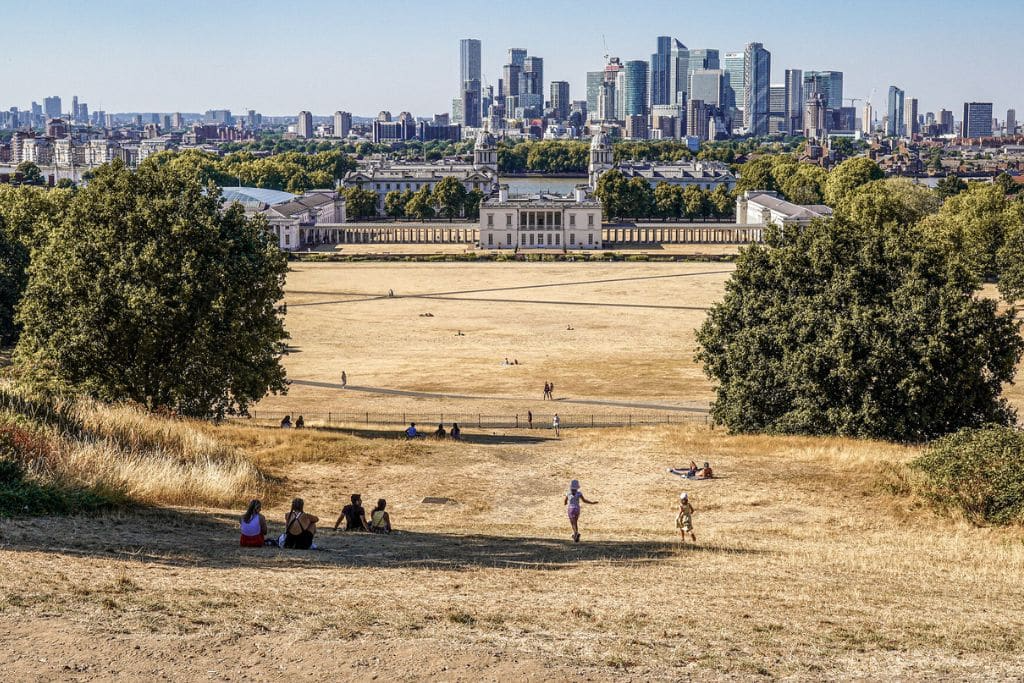
Europe’s Deadly Heatwave A Humanitarian Wake Up Call
1. A Scorching Summer Like No Other
Europe is currently enduring one of the most intense and prolonged heatwaves in its recorded history. Since late June 2025, temperatures across much of the continent have soared to unrelenting highs, with numerous cities experiencing record breaking heat day after day. Paris recently hit 44°C, Rome crossed 46°C, and southern Spain registered a blistering 47.3°C. Unlike short lived heat spikes of the past, this wave has refused to ease, persisting through the day and offering little relief at night creating what meteorologists call "tropical nights," where temperatures remain above 25°C even at midnight. For millions, the daily reality has shifted from discomfort to danger.
2. The Death Toll Rises Quietly, Yet Steadily
Amidst the heatwave, a quieter, deadlier crisis is unfolding rising fatalities. Over the last few weeks, thousands of people across the continent have succumbed to heat related illnesses. While final tallies are still being compiled, early estimates suggest that over 2,300 people have died directly or indirectly as a result of the current heatwave. These deaths are not only from heatstroke, but from cardiac arrests, respiratory failures, and complications in chronic illnesses exacerbated by extreme temperatures. Countries such as France, Italy, and Spain have reported hundreds of excess deaths above average for this time of year grim indicators of a crisis intensifying in silence.
3. A Crisis Felt Unevenly Across Society
What’s particularly tragic is how unequally the burden of heat related death and illness falls. The elderly, especially those living alone or without access to air conditioning, are among the most vulnerable. Hospitals in Athens, Marseille, and Milan report a sharp uptick in admissions from people over 70, many suffering from dehydration or heat exhaustion. But it’s not just the elderly construction workers, street vendors, and agricultural laborers, particularly migrants, face dangerous conditions as they are often forced to work through peak heat hours. In poorer neighborhoods, where homes lack insulation or cooling infrastructure, children and families endure sweltering conditions with little reprieve.
4. Climate Change The Underlying Driver
Scientists have been quick to underscore what has long been feared this heatwave is not a fluke it is the consequence of human driven climate change. Europe is now warming at twice the global average, due in part to geographic factors and dense urbanization. According to recent climate models, the likelihood of heatwaves of this magnitude has increased fivefold compared to just a few decades ago. More sobering still is that the current wave was made several degrees hotter and more persistent by accumulated greenhouse gases in the atmosphere. In other words, this level of deadly heat is becoming the new normal unless drastic emissions cuts are made.
5. Infrastructure and Systems Under Pressure
As the death toll climbs, the strain on public systems has become evident. Hospitals are operating at or near capacity in many urban centers, overwhelmed by heat related emergencies. Some cities have turned gyms and community centers into cooling shelters, but public messaging and outreach remain uneven. Meanwhile, the heat is also breaking infrastructure railways are experiencing delays due to overheated tracks, and power grids in southern regions are under immense pressure from air conditioning demand. In a few towns in Italy and Greece, local blackouts have left residents without any cooling in the worst possible moments. These cascading failures highlight how unprepared even high income countries remain for climate extremes.
6. Government and Community Response A Mixed Picture
Governments have activated heat emergency plans, but critics argue these responses are reactive rather than preventive. France has issued level 4 alerts in several regions, banning outdoor work during peak hours and deploying emergency medical teams to senior care facilities. Spain and Greece have closed schools and tourist attractions during the afternoon heat, while municipalities in Germany and the Netherlands are distributing free water and opening cooling zones. Yet, there remains a gap between policy and protection many rural areas lack basic services, and marginalized communities are often unaware of or unable to access heat relief programs. NGOs have stepped in where governments have faltered, but they cannot shoulder the entire burden.
7. A Wake Up Call for Future Resilience
The deaths unfolding across Europe this summer should serve as a clarion call to political leaders and civil society alike. Heat is now among the deadliest forms of extreme weather more lethal than floods or storms, but far less visible. The silence of its toll makes it all the more insidious. As the planet continues to warm, Europe must move beyond emergency alerts and toward long term resilience. This means investing in urban greening, retrofitting homes for passive cooling, strengthening public health systems, and establishing comprehensive early warning networks. Crucially, it also means addressing the root of the problem reducing emissions and holding polluters accountable. The bodies piling up during the summer of 2025 are not just victims of heat; they are casualties of delay and inaction.
Final Thoughts
This year’s heatwave has stripped away the illusion that Europe is somehow immune to climate disaster. The rising death toll is a painful reminder that climate change is not a future problem it’s a current emergency. As temperatures climb and summers stretch longer each year, adaptation and mitigation must no longer be seen as optional policy directions they are matters of survival.
Related Post
Popular News
Subscribe To Our Newsletter
No spam, notifications only about new products, updates.

